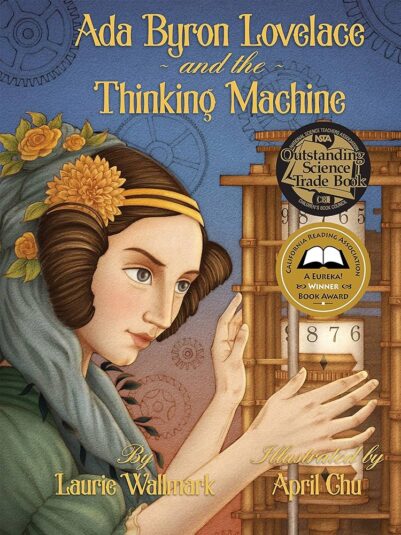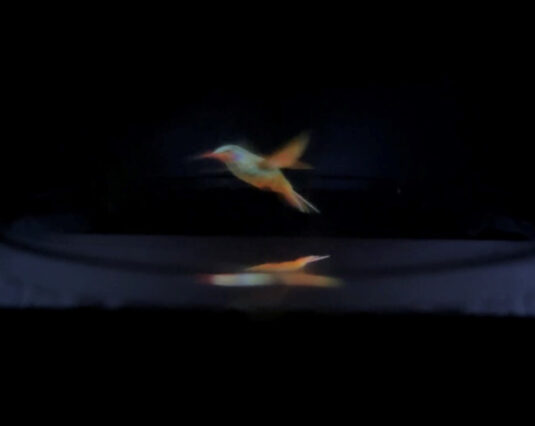
BY KATIE ZONDLO
Every year on the second Tuesday of October, the world celebrates Ada Lovelace Day, which honors the accomplishments of women in science, technology, engineering, and math (STEM). Started in 2009 as a way to inspire future generations of girls to enter STEM fields as well as support the women already working in STEM careers, groups now host gatherings, conferences, workshops and social mixers that appeal to audiences of all ages.
The day is named after Augusta Ada King, the Countess of Lovelace (1815-1852), who is considered the first computer programmer. Using an early general-purposed computer called an Analytical Engine, an instrument envisioned by her friend and mentor Charles Babbage, Ada recognized the 19th century machine could be used for more than just general calculation. She poured over numbers and figures to create an algorithm for the not-yet built computer. Unfortunately, the Analytical Engine was never completed, so Ada wasn’t able to witness the success of her program.

Nearly a century after Ada wrote her algorithm, modern day computers tested the software and discovered there was only one minor mistake that could be easily corrected. The program was almost perfect. In the late 20th century, the United States Department of Defense developed a common computer programming language that was named Ada, in honor of Lovelace and her contributions to the field.

We’re celebrating today by highlighting award-winning author and Princeton alumna Laurie Wallmark’s picture book biography, Ada Byron Lovelace and the Thinking Machine (Creston Books, 2015). Recipient of the National Science Teachers Association’s Outstanding Science Trade Book and the California Reading Association’s Eureka Book Award, you can find it read here by Story Time With Michele. The book’s truly gorgeous illustrations are by April Chu. Laurie has authored several more books about women in STEM, such as Kalpana Chawla, Judit Polgár, Grace Hopper, and Maria Mitchell!
Ada Lovelace is also featured, along with four other famous scientists, in the virtual escape room I designed, The Discovery Museum.
Images from blog post are from: Ada Byron Lovelace and the Thinking Machine, written by Laurie Wallmark and illustrated by April Chu. Creston Books, 2015.

 This is not the first
This is not the first  You’ll need:
You’ll need:
 Last Halloween season we took a stroll through our special collections
Last Halloween season we took a stroll through our special collections 


 The book concludes with a grand finale image that is not a ghost, but a rainbow! Definitely try this one, because it is so cool to see the colors flip in the afterimage!
The book concludes with a grand finale image that is not a ghost, but a rainbow! Definitely try this one, because it is so cool to see the colors flip in the afterimage!